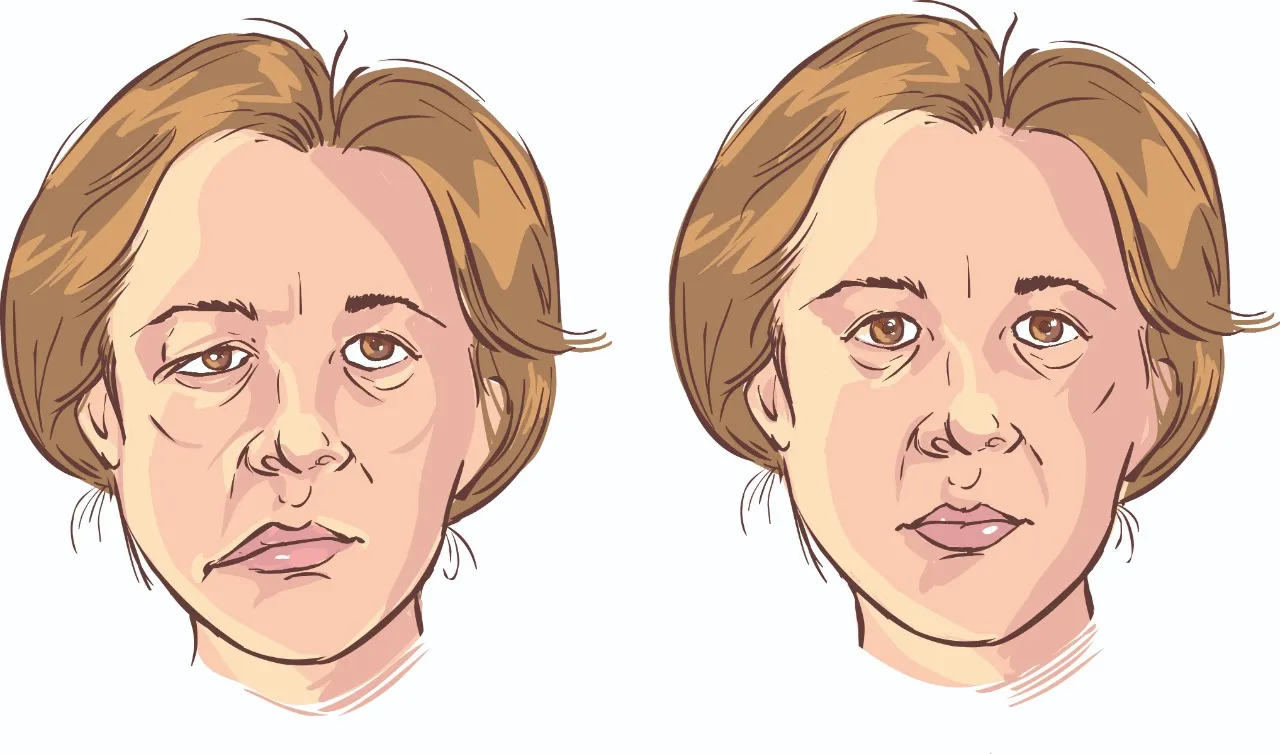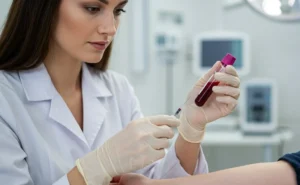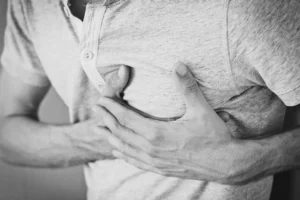Our daily lives are full of movements and issues that often go unnoticed until an episode such as facial paralysis occurs. The nerve that controls the facial muscles passes through a narrow bony canal until it reaches the face and is what allows us to make different gestures and even blink.
The facial nerve carries information between the brain and the muscles of facial expressions (such as smiling and frowning), some muscles of the jaw, and the muscles of the ossicles of the middle ear.
This nerve also transmits taste information to the front of the tongue, and information to the outer part of the ear. Neurologist Hugo Lopez explains that there are two facial nerves, one on each side of the face and also called the seventh cranial nerve.
Lopez says that these can become inflamed or paralyzed for different reasons. These include a reactivation of herpes zoster or the virus that causes chickenpox, it could also be due to ear infections, or trauma caused by an accident or fall, among other causes such as meningitis, tumors, and even diabetes. There is a percentage that does not have a specific cause and it has even been mentioned that it is due to stress or changes in temperature.
Facial paralysis can be central when a nerve injury in the cerebral cortex causes contralateral paralysis. Generally, the lower half of the face is affected, that is, the muscles of the mouth and cheek are the most affected. It generally occurs due to a cerebrovascular event; while in the peripheral, the affected side of the face is the same as where the injury to the ipsilateral nerve exists (same side), explains Marbella Reyes, a graduate in physiotherapy and director of the Ipeth teaching service at the Galileo University.
The latter does not respect age and can occur spontaneously.
The first signs
The Merck Manual of Diagnosis and Therapy explains that pain behind the ear often precedes idiopathic or unknown-cause paralysis. Paresis occurs, often with complete paralysis 48 to 72 hours later.
Patients may report numbness or a feeling of heaviness in the face. The affected side becomes flat and expressionless; the ability to frown, blink, and grimace is limited or absent.
Ideally, you should seek medical help from the first symptoms or within the first few hours to determine that it is not a cerebrovascular event. Preferably, you should see a neurologist or an internist.
Sensory examination is normal, but the external auditory canal and a small area behind the ear may be painful to touch. Nerve damage may affect salivation, taste, and tearing, and hyperacusis (increased hearing sensitivity) may occur.
Treatment and physiotherapy
It is necessary to determine whether it is paralysis or if other studies are required, but the truth is that the sooner actions are taken, the better the prognosis for recovery.
Lopez mentions that the first-line treatment includes medication to reduce inflammation at the nerve level, vitamins, and physical therapy. If it is related to the herpes virus, an antiviral drug may be required. In a few cases, surgery is needed, only in extreme cases.
Physiotherapy is a cornerstone because it is the way to stimulate the nerve so that it can return to its function. Some of the exercises that are suggested range from raising an eyebrow, frowning, drinking with straws, smiling, and clenching the teeth, among other movements.
Reyes adds that patients arrive not only with physical discomfort but also emotionally affected because they have not only lost their facial symmetry but also have difficulty speaking, their speech is not understood or they have trouble eating.
The professional comments that it is important to talk to the patient, explain what happened, and guide them about their condition and thus make them aware of their recovery process and how therapy is essential in their recovery, which is slow and progressive.
At first, the treatment is passive and involves massages and other exercises that involve textures and movements.
The patient also needs to be consistent in his work, do his exercises at home and at least three times a day, stand in front of the mirror, and make expressions and movements.
Some experts also use heat and cold therapies to improve circulation, but this depends on the type of paralysis and the condition in which the patient arrives. Electrostimulation is another therapy suggested by some experts, but it is still controversial because there are not enough studies on the subject.
Another suggestion is to eat on the affected side. This is sometimes difficult, but you need to be patient to progress through the process.
The area that usually takes the longest to recover is the lip. The eye and nose area is where movement is recovered first, while the mouth area has a slower process.

Some patients manage to recover within a month, while others spend months training their muscles to regain their normal expressions.























+ There are no comments
Add yours